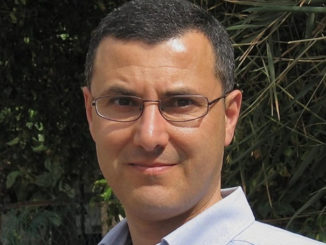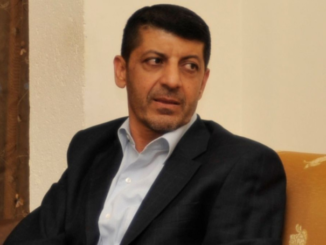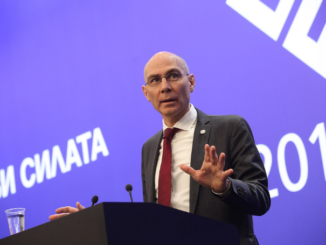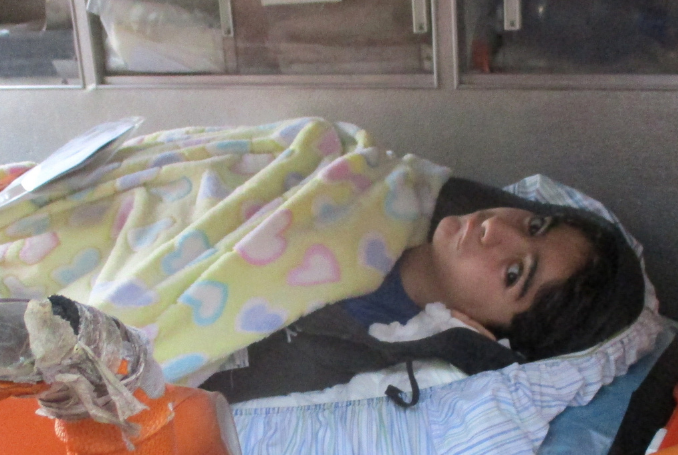
It is late afternoon and an ambulance coming from the West Bank is waiting at the Qalandiya Checkpoint compound to complete the procedure required for Palestinian patients who need to cross either to a hospital or back home.
This procedure, which was initially developed for goods, not people, is now regularly implemented with Palestinian patients. For Israeli officials, the feelings, the time and the pain of sick Palestinians and their anxious families do not matter in the least.
With time, I, too, have sadly gotten used to this procedure. But that day, I couldn’t help but notice the piercing eyes of Abdul Rahman, who was staring at me.
Abdul Rahman is a boy from Gaza, who was electrocuted, according to the ambulance driver who brought him from Ramallah and opened the ambulance door for me.
I thought I would be looking at body burns; instead, I saw a fragile boy, tied to a stretcher. Sitting beside him was his father, who never stopped caressing his face and head.
“What’s your name,” I asked. It was his father who answered.
“How old are you,” I continued. Again, his father answered.
“Can he hear me?”, I insisted. “We don’t know,” his father said.
The ambulance driver explained that the electricity running through Abdul Rahman’s body had damaged his heart and brain. The boy had been in that state since then.
The driver also said that the boy and his father were coming back from a Ramallah hospital, where physical therapists instructed the father on how to take care of his son.
In order to be in physical therapy, Palestinians must apply to Israeli occupation authorities to obtain a permit. Sometimes, they have to travel all the way from Gaza to Ramallah and back, a fairly short journey that is made nearly impossible by the obstacles created by Israel. This process takes not only time but requires large sums of money as well.
The boy eventually departed without saying a word. I hope that someday soon he will.
(Translated by Tal Haran)
– As a member of Machsomwatch, Tamar Fleishman documents events at Israeli military checkpoints between Jerusalem and Ramallah. Her reports, photos and videos can be found on the organization’s website: www.machsomwatch.org. She is also a member of the ‘Coalition of Women for Peace’ and a volunteer in ‘Breaking the Silence’. She is a regular contributor to The Palestine Chronicle
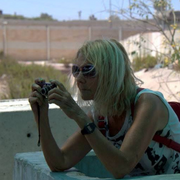
– As a member of Machsomwatch, Tamar Fleishman documents events at Israeli military checkpoints between Jerusalem and Ramallah. Her reports, photos and videos can be found on the organization’s website: www.machsomwatch.org. She is also a member of the ‘Coalition of Women for Peace’ and a volunteer in ‘Breaking the Silence’. Tamar Fleishman is The Palestine Chronicle correspondent at the Qalandiya checkpoint.

